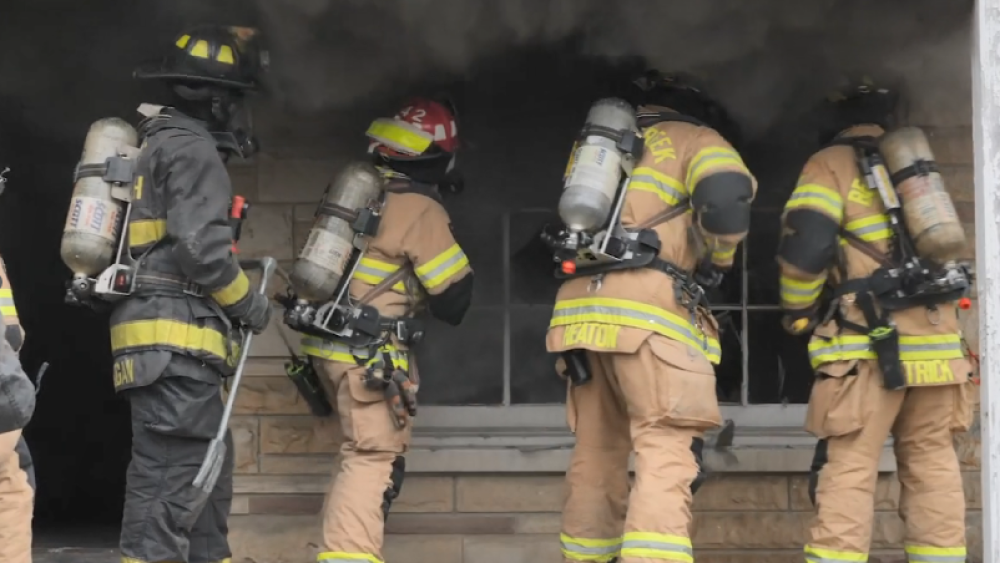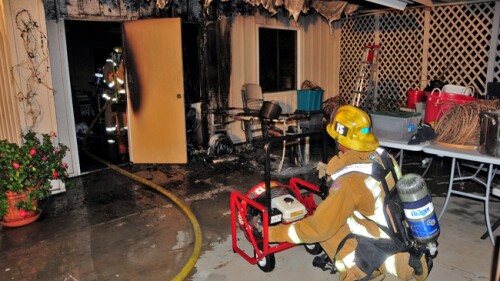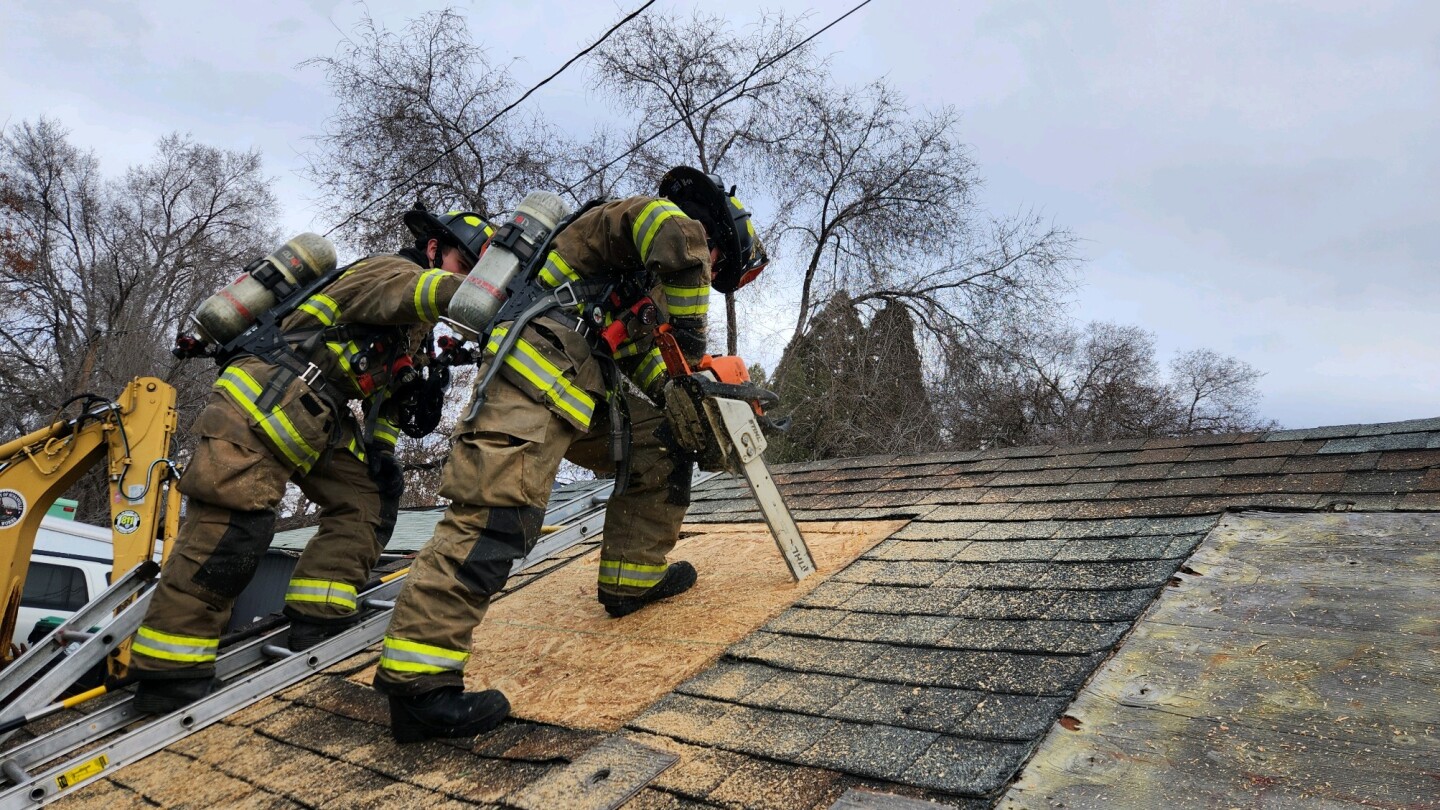As research continues to emerge, highlighting the importance of coordinated ventilation, firefighters are forced to adjust strategies and tactics. This special coverage series reviews the current ventilation-focused research and offers detailed steps for how to best implement the various ventilation operations – vertical ventilation, horizontal ventilation, positive pressure ventilation, among other tips and tricks to ensure safe fireground operations.
MOST POPULAR
- ‘Not enough fire engines for this': Fire chiefs detail L.A. wildfire damage on ’60 Minutes’
- Safety Stand Down 2025: How will your department mark the event?
- At least 7 dead, 19 injured in air ambulance crash in Philadelphia
- FireRescue1 launches What Firefighters Want in 2025 survey
- Leadership lessons from Simone Biles: Responding to our limits
MORE FIREGROUND OPERATIONS
Babies who die in fires never had a chance to make a fire-sprinkler decision
First responders have manned the front lines of the storm and have made some amazing rescues
Being too close or too far from the seat of the fire can compromise firefighters’ effectiveness and safety
Ventilation fans have come along way; here’s a look at the different configurations and their best uses
Like any other tool on the apparatus, an improperly maintained ax poses a danger to firefighters and reduces their ability to perform
Lightweight construction has thrown much of the old firefighting rule book out the window. Here’s how FireResuce1 readers attack the ever-changing problem
Here’s how a 13-year-old girl’s tragic death became a rallying cry for fire-safety awareness
Teamwork, communication, experience and constant training make nozzle firefighters most effective
Whether static or hydrant, fire departments cannot take their water supply for granted











